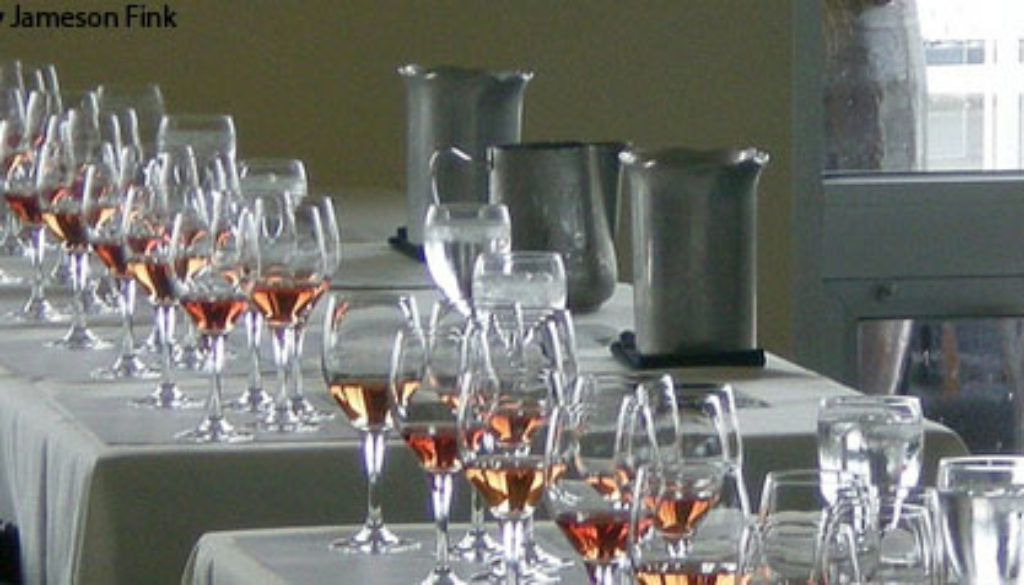A Toast to Efficiency Standards for Beverage Coolers
By Lauren Urbanek, Natural Resources Defense Council
You’ll soon be able to savor that refreshing glass of wine even more, knowing that it’s chilled by a beverage cooler that sips, rather than gulps, energy.
The U.S. Department of Energy (DOE) this week released a direct final rule establishing the first-ever federal efficiency standards for wine chillers and other beverage coolers, demonstrating once again the power of energy efficiency to combat climate-changing pollution and save money.

The Lawrence Berkley National Laboratory estimated that approximately 11.1 million households — 9.5 percent of U.S. households — have a wine chiller or beverage center. DOE estimates that about 1.5 million new coolers are sold annually, which includes coolers (e.g. wine chillers), and combination cooler refrigeration products (e.g. wine chillers combined with a refrigerator or freezer). Therefore, reducing their energy waste not only means cutting the utility bills of their owners by as much as $265 over the lifetime of these products, it also means decreasing the amount of electricity that must be generated from fossil fuels to power them.
The new rule for these beverage coolers was issued as the result of a negotiated rulemaking, which involved input from manufacturers, efficiency advocates, and DOE. The standards will take effect at the end of 2019.
Why standards were needed
While most beverage coolers are a fraction of the size of a traditional refrigerator, some guzzle as much energy as a full-size refrigerator, according to the Appliance Standards Awareness Project. And while residential refrigerators and freezers have long been covered by efficiency standards (last updated in 2014), coolers primarily dedicated to chilling beverages have not been subject to a federal standard. While a new refrigerator today holds more food yet uses some 80 percent less energy than it did in the 1970s and costs half as much, the energy performance of beverage coolers is all over the map. Some models tested by Consumer Reports used more than twice as much energy as others. And the number of coolers is growing as Americans drink more wine and more affordable wine and beverage-cooling products come onto the market.
California, long an environmental trendsetter, already has efficiency standards in place for wine chillers sold in the state. The new federal standards will provide an additional 30 percent savings for consumers on top of the California standards.

We’ll drink to that
The standards announced this week for wine coolers and other beverage coolers highlight the opportunities still available to reduce energy waste, even after standards have been set for more than 60 types of household appliances and commercial products in our homes, businesses, and industries. In fact, the new standards are projected to yield significant economic and environmental benefits. Consumers are projected to net $11 billion in savings, and the average consumer will save up to $265 in energy costs over the life of a cooler under the new standards. The standards also will also save 160 billion kilowatt-hours over 30 years of shipments, equivalent to the electricity used by about 13 million homes in a year!. And they will keep 112 million metric tons of carbon pollution out of the atmosphere, tantamount to cutting the annual greenhouse gas emissions of 23 million cars.
Standards implemented since 1987 saved American consumers $63 billion on their utility bills in 2015 alone and have helped the United States avoid 2.6 billion tons of carbon pollution, equivalent to the annual emissions from nearly 543 million automobiles. The new standards for beverage centers, along with a spate of new efficiency rules for other products recently approved or under consideration, will help meet President Obama’s goal of reducing carbon dioxide emissions by 3 billion metric tons by 2030 from efficiency standards.
So raise that glass in salute to yet another energy efficiency success story.

